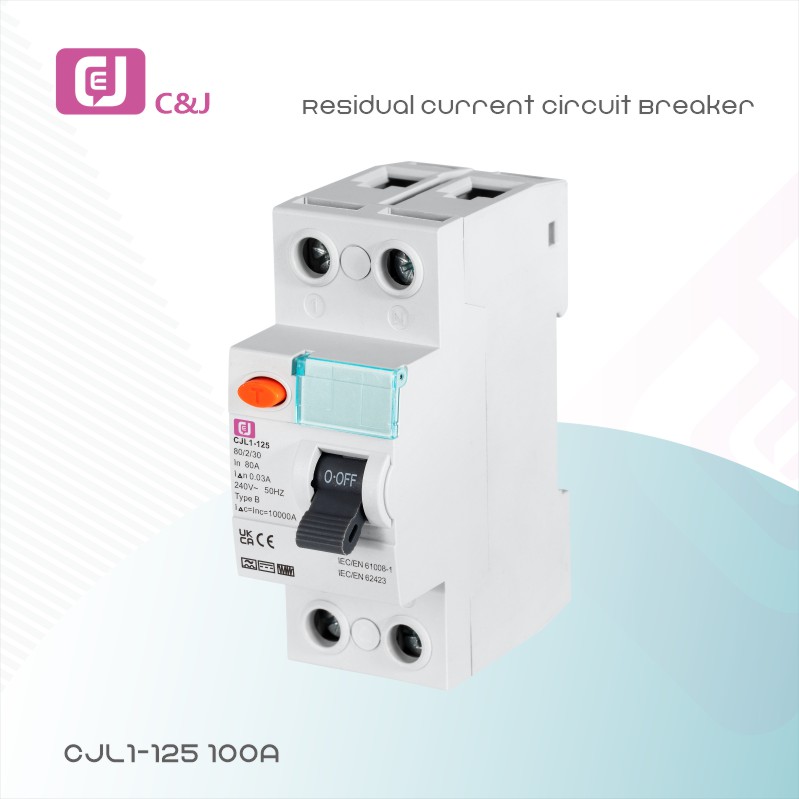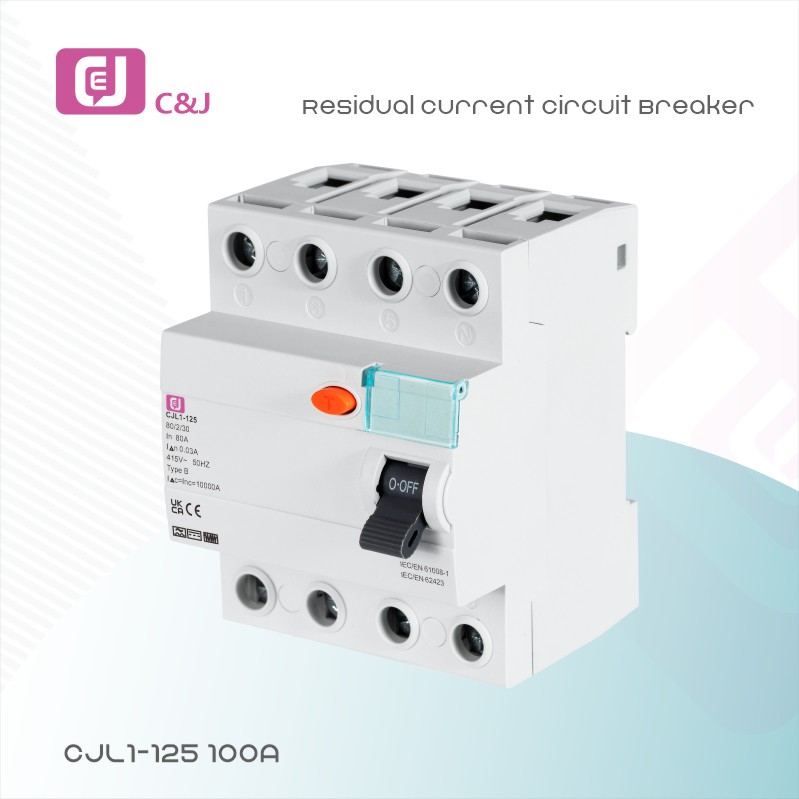Understanding Type B 30mA RCDs: A Comprehensive Guide
In the field of electrical safety, residual current devices (RCDs) play a vital role in protecting people and equipment from electrical faults. Among the various types of RCDs on the market, Type B 30mA RCDs stand out due to their unique applications and characteristics. This article will delve into the meaning, functions, and applications of Type B 30mA RCDs to help you fully understand this important safety device.
What is RCD?
A residual current device (RCD) is an electrical device used to prevent electric shock and reduce the risk of electrical fires. It works by monitoring the current flowing through the live and neutral wires. If it detects a current imbalance, where current is leaking to ground, it quickly disconnects the circuit, preventing potential injury and damage to the electrical system.
RCD Type B Description
RCDs are classified into different types based on their sensitivity and the type of current they can detect. Type B RCDs are specifically designed to detect alternating current (AC) and pulsating direct current (DC) residual currents. This makes them particularly suitable for applications involving renewable energy systems, such as solar photovoltaic (PV) installations and electric vehicle (EV) charging stations, where DC leakage currents may occur.
The “30mA” designation refers to the sensitivity level of the device. A Type B 30mA residual current protector is calibrated to trip and open the circuit when it detects a leakage current of 30 milliamperes (mA) or more. This sensitivity level is considered sufficient to protect human life because it significantly reduces the risk of severe electric shock.
Importance of RCD Type B 30mA
The importance of a Type B 30mA RCD cannot be overstated, especially in environments where electrical equipment is frequently used. Here are some of the key reasons why this device is essential:
1. Enhanced Safety: The primary function of a Type B 30mA RCD is to enhance safety by preventing electric shock. This is particularly important in residential, commercial and industrial environments where people may come into contact with electrical appliances.
2. Prevention of Electrical Fires: RCD Type B 30mA is an important line of defense against electrical fires by detecting leakage currents that can cause overheating and potential fires.
3. Compliance with regulations: Many electrical safety regulations and standards require the installation of RCDs in specific applications. Using a Type B 30mA RCD ensures compliance with these regulations, thereby increasing safety and reducing liability.
4. Versatility: Type B 30mA RCD is highly versatile and can be used in a variety of applications including residential, commercial buildings and industrial facilities. It is capable of detecting both AC and DC currents, making it an ideal choice for modern electrical systems.
Application of Type B 30mA RCD
RCD Type B 30mA is commonly used in a variety of applications including:
- Solar Photovoltaic Systems: As solar energy becomes more and more popular, RCD Type B 30mA is essential to protect solar installations from potential DC leakage current.
- EV Charging Stations: With the rise of electric vehicles, RCD Type B 30mA is essential to ensure the safety of EV charging stations where DC current may be present.
- Industrial Equipment: In industrial environments where heavy machinery and equipment are used, the RCD Type B 30mA provides additional safety protection against electrical faults.
In short
In summary, the Type B 30mA residual current device (RCD) is an indispensable component in the field of electrical safety. Its ability to detect both AC and DC leakage currents makes it an essential protector in modern electrical systems, especially in renewable energy applications and electric vehicle charging stations. By understanding the functions and importance of the Type B 30mA residual current device, individuals and businesses can take proactive steps to enhance safety and ensure compliance with electrical regulations. Investing in a Type B 30mA residual current device is not only a regulatory requirement, but also a commitment to protect life and property from the hazards of electrical faults.
Post time: Jul-25-2025



